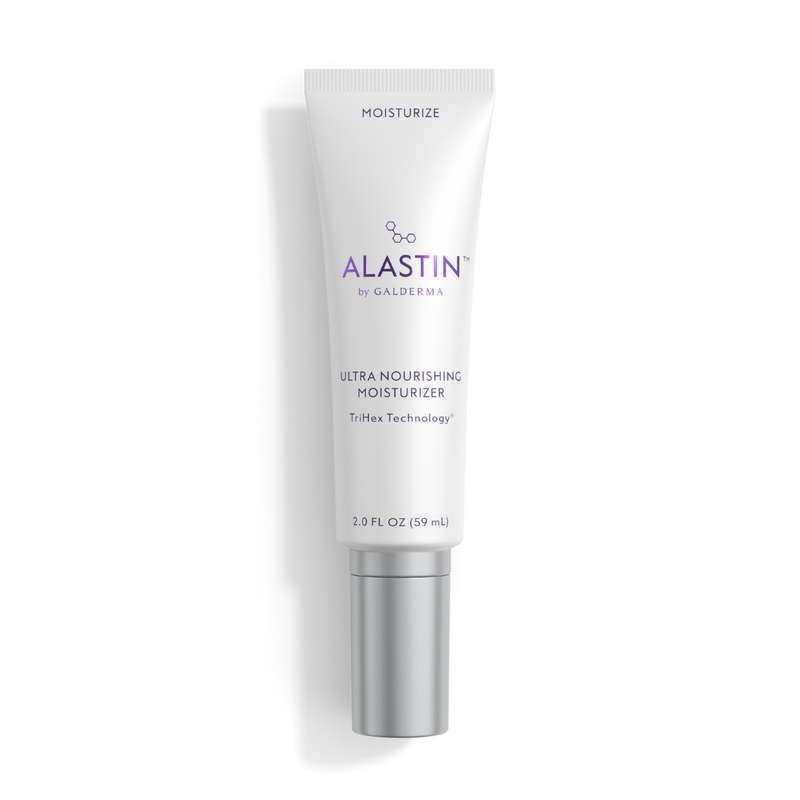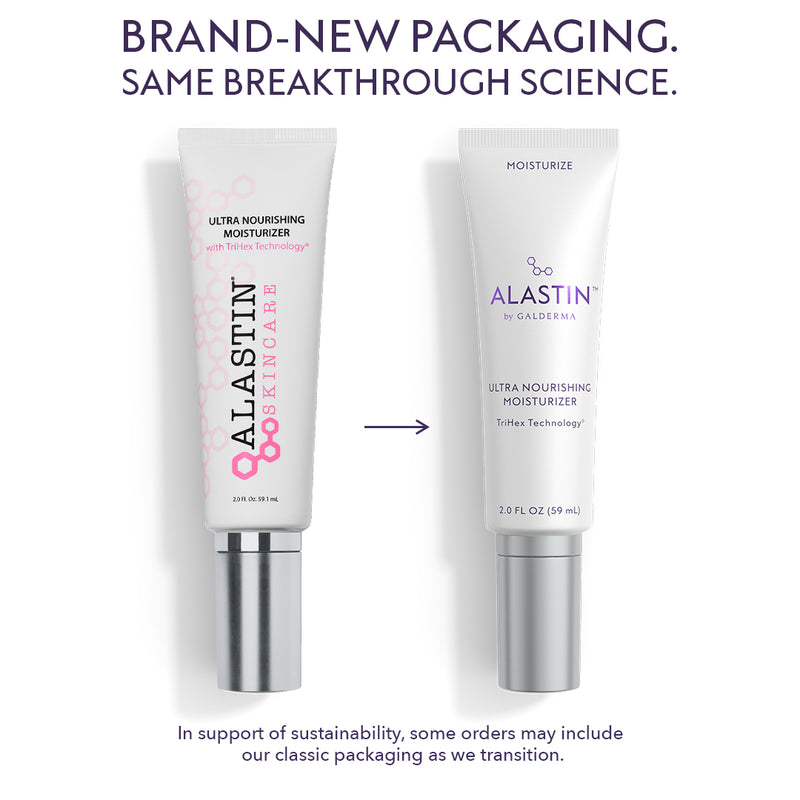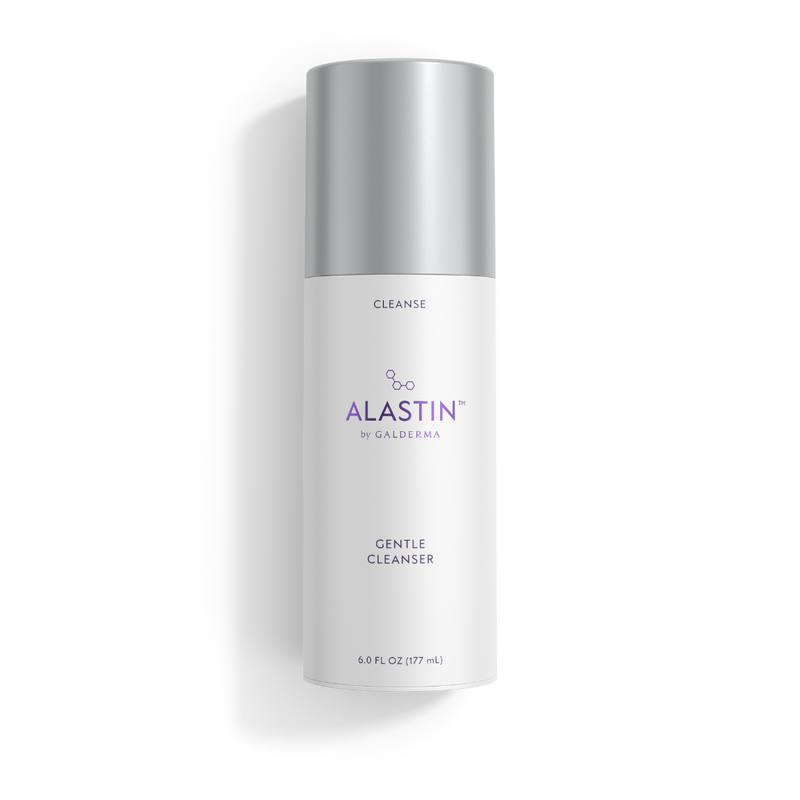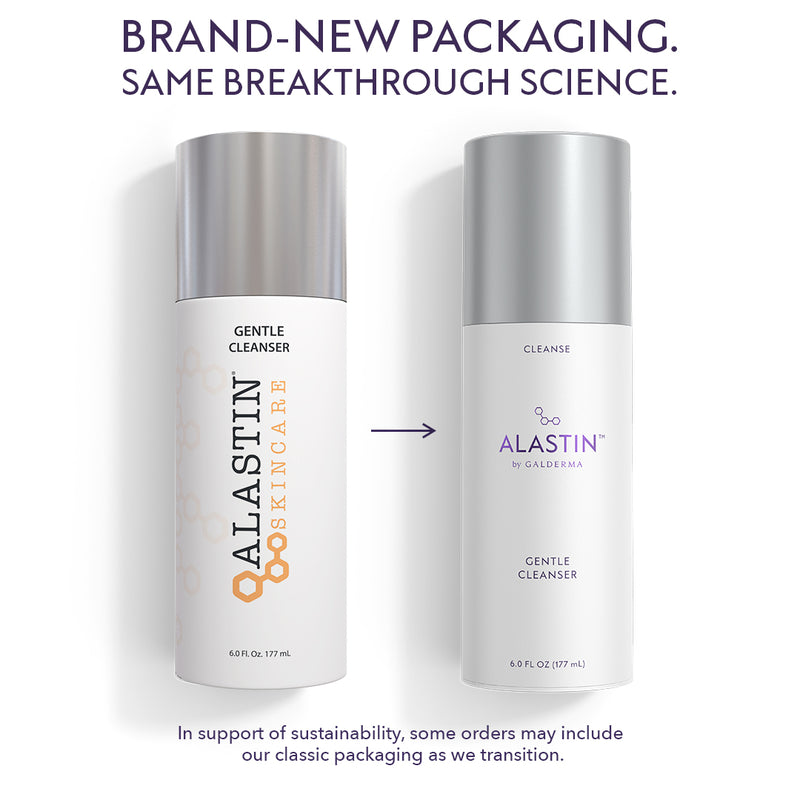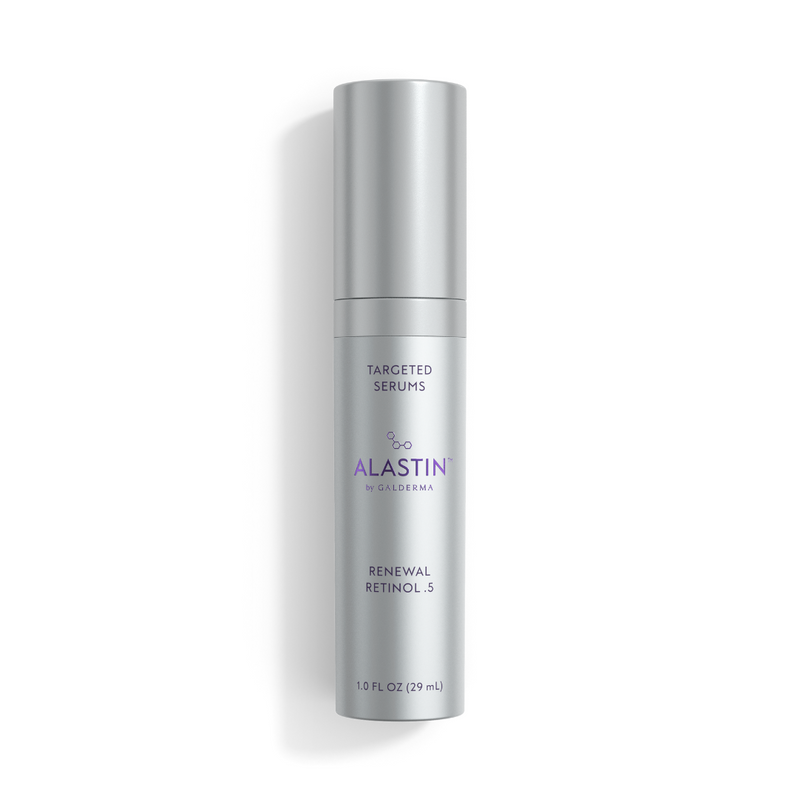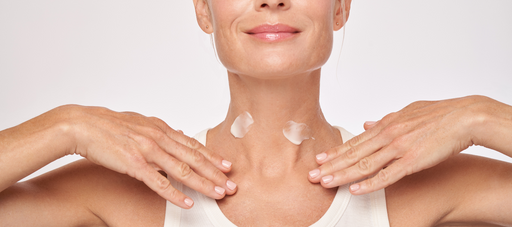You have no items in your bag
How to Use Retinol: A Beginner's Guide
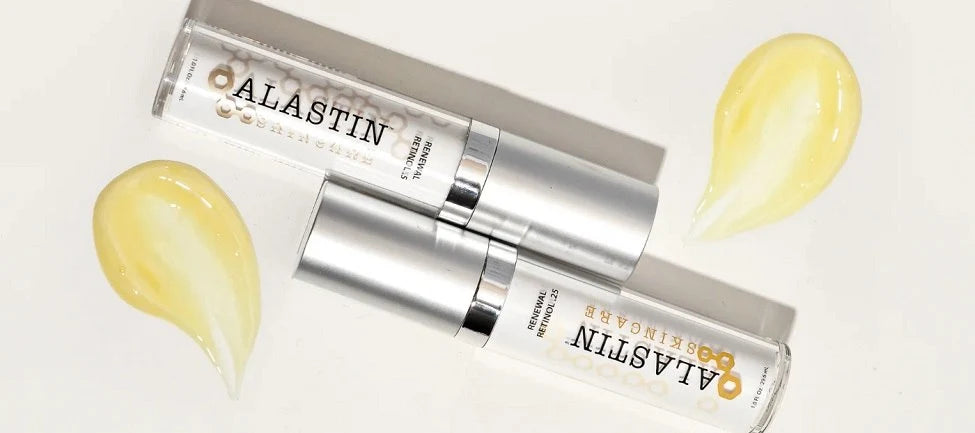
You’ve probably heard about retinol and its anti-aging abilities. But adding a new product to your skin care regimen can be confusing. You may be scared of compromising your skin if something goes wrong.
Consider this article your beginner’s guide to retinol. We’ll discuss:
What is Retinol and What are the Benefits?
Retinol is a chemical derivative of vitamin A. It is under the umbrella of retinoids, but unlike other retinoids you don’t need a doctor’s prescription for retinol.
Retinol is recommended by dermatologists and well-known for being very effective at gently exfoliating the skin, encouraging skin cell turnover, stimulating collagen production, and reducing the appearance of fine lines and wrinkles.1
Retinol has also been shown to help prevent the negative effects of sun exposure by inhibiting matrix metalloproteinase (MMP), the enzyme that degrades the skin’s collagen and elastin and leads to photoaging (sun damage).2
Also, retinol is anti-inflammatory and can be used to treat acne and the scarring and hyperpigmentation caused by acne.
Overall, the benefits of using retinol are:
- Reducing signs of aging
- Reducing wrinkling
- Reducing discoloration that has already been deposited onto the skin. Note that retinols do not prevent or protect from the recurrence of discoloration.
- Smoothing skin texture
- Correcting photoaging (sun damage)
- Encouraging the stimulation of collagen
- Calming problematic skin
With all these benefits, it’s easy to see why retinol has become such a popular ingredient in skincare. But how do you use retinol correctly?
How to Use Retinol
It’s important to know how to use retinol so that you can take advantage of all its benefits. Let’s go over best practices.
When to Apply Retinol
It's best to apply your retinol at night because sunlight can make retinol less effective.
If you’re wondering where retinol fits into your skincare routine, the rule of thumb for skincare is to go from your lightest product to heaviest. You should be able to place a retinol serum in between your cleanser and your moisturizer.
Here’s how to include retinol product in your nighttime skin care routine:
#1 Cleanse – Always begin any skincare by cleansing your face of dirt, oil, and product.
We recommend: Our Gentle Cleanser gives a thorough cleanse without irritating your skin. In fact, it includes ingredients which actively calm the skin.
#2 Treat – Apply a thin layer of retinol all over your skin. If you use a prescription, always apply your prescription first, followed by other products or serums.
We recommend: Renewal Retinol blends the exfoliating effects of retinol with ingredients that nourish and hydrate your newly exfoliated skin. Our formula also is ideal for sensitive skin types because it doesn't cause the red, irritated look that can occur with most other retinol products. This is due in part to the fact that the actives of Renewal Retinol are released in the lower layers of the skin. The top layers of skin avoid all of the irritation and side effects caused by traditional retinols.
#3 Moisturize – Be sure your skin’s barrier is strong enough to support the effects of the retinol by giving it the moisture it needs.
We recommend: For a boost of collagen-building peptides try Ultra Nourishing Moisturizer with TriHex Technology®. It can enhance the skin renewal effects of retinol by stimulating the skin to produce more collagen and elastin.
Dr. Robert Finney, a board-certified cosmetic dermatologist at Entière Dermatology recommends sandwiching your retinol in between two layers of Ultra Nourishing Moisturizer to help prevent dryness, peeling, or flaking, if you notice any signs of sensitivity, especially during the winter.
How Often Should You Use Retinol?
Retinol acts as a gentle chemical exfoliant, which is great because it accelerates skin cell turnover. More renewed skin cells lead to brighter, firmer skin. Uneven skin tone and skin texture can be combated with retinol. However, not everyone can handle this exfoliation on a nightly basis—at least not right away.
A beginner to retinol should start by applying the product two to three times a week. You can increase this gradually if your skin tolerates it well. Once your skin builds up a tolerance, our Renewal Retinol is one of the best retinol products gentle enough to be used nightly.
Can All Skin Types Use Retinol?
If you have sensitive skin and you have been down the retinol road before, you may have experienced red and irritated skin, or even peeling. Renewal Retinol is designed to have the exact opposite effect. It is formulated with hydrating and soothing ingredients that are gentle enough for all skin types. Some of those ingredients include:
- Oat extract – Oat is popularly used as an anti-irritant and calming agent.
- Hydroxymethoxyphenyl Decanone – Hydroxymethoxyphenyl Decanone is an antioxidant that boosts levels of skin-plumping hyaluronic acid.
- Silver mushroom – Silver mushroom packs a hydrating punch - it's 400 times more hydrating that Hyaluronic Acid.
- Ceramide-3 – Ceramides build and nourish your skin’s lipid layer which helps your skin retain moisture and elasticity.
Oily and acne prone skin can also use the Renewal Retinol. It has passed comedogenicity testing, meaning it does not lead to clogged pores.
Ready for Retinol with ALASTIN?
Now that you know how to use retinol, your skincare routine is that much closer to perfection. Take your skin to the next level by investing in premium, medical grade skincare that supports and boosts the effects of retinol.
Skincare products don't have to be peeling, irritating, or pore-clogging to work. They just have to be backed by science. At ALASTIN, we always aim to be at the intersection of science, skincare, and self care with our products.
Don't just take our word for it, though. Read what the experts have to say:
- Alastin Renewal Retinol was voted "Best for Fine Lines" according to OprahDaily.com. Dermatologist Melissa K. Levin, MD, says, "Since aging skin is often dehydrated and has difficulty tolerating more harsh formulations, I recommend Alastin Renewal Retinol 0.5 percent as a well-tolerated but effective retinol. It combines moisturizing ingredients such as glycerin, oat kernel extract, bisabolol, ceramides, and antioxidants, such as co-enzyme Q10. It also contains a snow mushroom extract that helps further hydrate the skin."
-
Anna Guanche, MD, a board-certified dermatologist at the Bella Skin Institute says, "This retinol serum helps build collagen, which diminishes fine lines and wrinkles, smooths the skin, and hydrates all at the same time."
-
NewBeauty.com interviewed six doctors on their favorite products for hyperpigmentation. Nanuet, NY dermatologist Heidi A. Waldorf, MD, said, "Retinoids are another key component of any regimen to target pigmentation because of the indirect effect of improved cell turnover and the direct effect on pigment. Alastin retinol include(s) anti-inflammatory and moisturizing ingredients, which reduce potential retinoid irritation. The retinol itself is encapsulated in lipids to improve efficacy and reduce irritancy."
- In Allure.com's lineup of "Best Retinol Serums to Treat Fine Lines & Uneven Texture," Alastin's Renewal Retinol .5 ranked for the Best Dermatologist-Approved Retinol Serum.
- Drew Barrymore uses Alastin Skincare's Renewal Retinol "to help keep her skin smooth, moisturized, and TV-ready!"
Sources:
- Mukherjee, Siddharth et al. “Retinoids in the treatment of skin aging: an overview of clinical efficacy and safety.” Clinical interventions in aging vol. 1,4 (2006): 327-48. doi:10.2147/ciia.2006.1.4.327
- Ibid
$98.00


